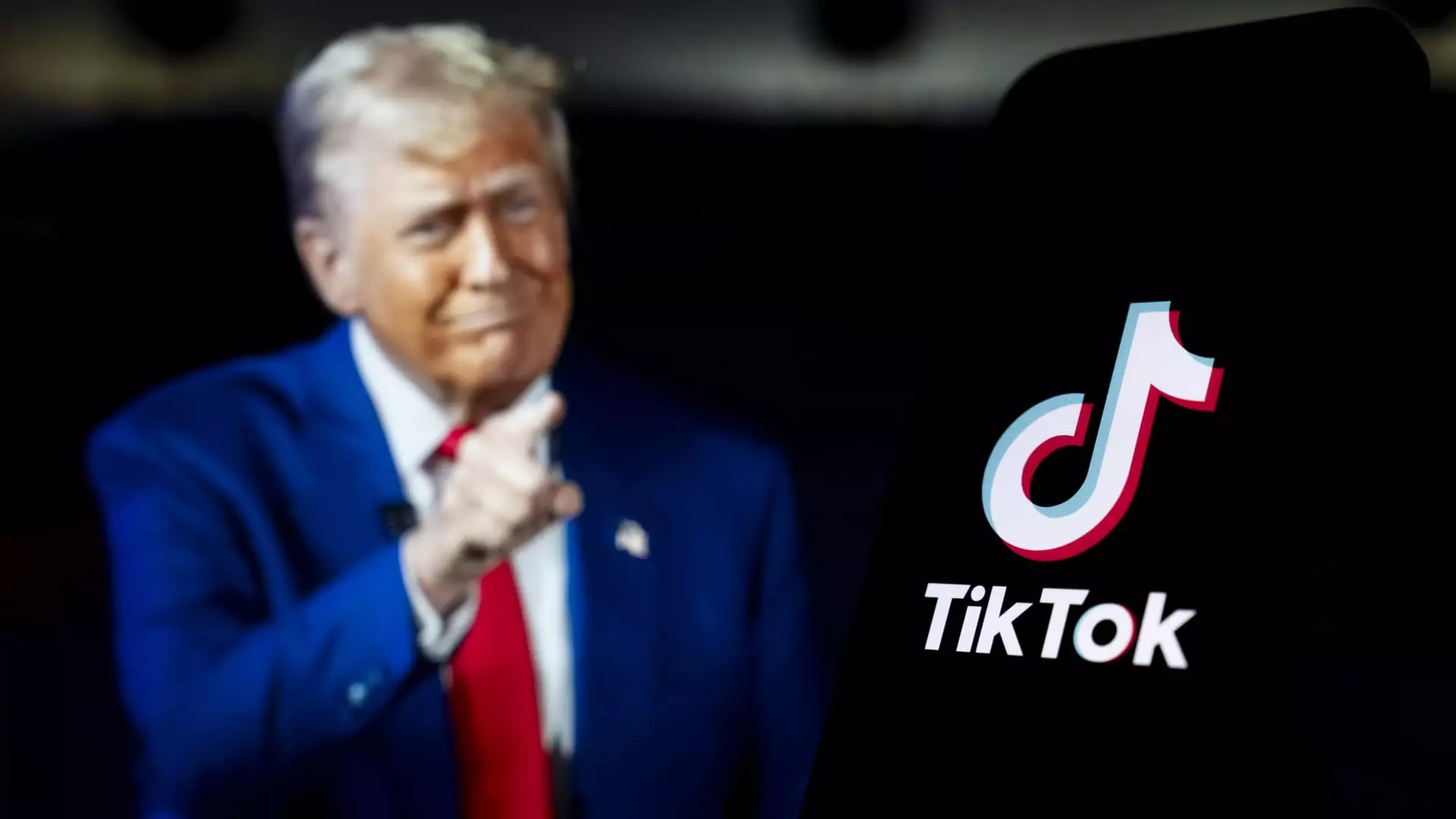TikTok has shown remarkable resilience following a brief but impactful shutdown earlier this month, as indicated by data from Cloudflare Radar. Originally experiencing an enormous 85% drop in traffic, the platform has since managed to recover to approximately 90% of its pre-shutdown levels. David Belson, head of data insight at Cloudflare, noted that DNS traffic for TikTok-related domains has progressively rebounded since the service resumed operations, with current traffic figures only about 10% below the levels seen before the shutdown. The Domain Name System (DNS) is integral for internet operation, converting human-friendly website names into machine-readable IP addresses, making this data crucial for analyzing online trends.
Legislative Background and Its Implications
The app’s recent temporary service suspension was prompted by a Supreme Court ruling that upheld a law from April, signed by former President Joe Biden, mandating China-based ByteDance to either divest its shares in TikTok or face an effective ban in the U.S. Starting on January 19, major platforms like Apple and Google complied with this law by removing TikTok from their app stores. However, the app re-emerged after President Donald Trump signaled a postponement of the enforcement of the ban, issuing an executive order that extended the compliance deadline by 75 days. This landscape creates a tense air of unpredictability for the app’s future in the U.S., aligning TikTok’s fate closely with political maneuvering.
Investor Interest and Future Ownership
Several U.S. investors have surfaced with proposals aimed at reshaping TikTok’s ownership structure. Prominent figures, including Frank McCourt and viral sensation MrBeast, have expressed interest in acquiring stakes in the platform. Trump has also suggested that mega-entrepreneurs like Elon Musk and Oracle Chairman Larry Ellison could play a crucial role in U.S. stakeholders obtaining control of the app. This undercurrent of investment enthusiasm underscores the app’s perceived value, notwithstanding the political fence surrounding its operations. If these partnerships come to fruition, they could alleviate some concerns regarding the app’s sustainability and its compliance with U.S. laws.
In the wake of TikTok’s shutdown, the competition among alternative platforms intensified. Cloudflare’s data experienced an identifiable spike in traffic among TikTok alternatives, particularly RedNote, known as Xiaohongshu in China. Users flocked to these platforms as they anticipated an extended ban on TikTok. Notably, the day TikTok returned online marked a peak in traffic for its competitors, illustrating the fluidity of user engagement within this demographic. The rapid decline in alternative platform traffic after TikTok’s restoration, however, suggests that users were eager to return to a favored outlet once it was restored.
Despite the app’s recovery, uncertainty surrounding TikTok’s long-term operational future has prompted many content creators to diversify their online presence. Notably, Dylan Lemay, who boasts over 10 million followers on TikTok, has proactively established a significant following on YouTube, where he now derives consistent earnings. His strategic pivot illustrates an understanding that dependence on a singular platform can be perilous. Lemay’s experience emphasizes a broader trend among creators to safeguard their careers amid potential policy changes that could sideline TikTok.
Challenges in Transitioning to Other Platforms
While some creators successfully navigate cross-platform engagement, not all have had the same experience. Noah Glenn Carter, with a follower count nearing 10 million on TikTok, struggles to garner similar traction on platforms like Instagram and YouTube. Many creators have resorted to renegotiating brand partnership agreements as the uncertainty looms over TikTok. Questions linger about whether alternative platforms can replicate TikTok’s unique community environment, which has fostered unprecedented user connections and engagement. Michael DiCostanzo, with over 2.3 million followers, even expressed skepticism about the feasibility of other platforms fostering a similar sense of community.
As TikTok navigates this precarious landscape, both the application and its content creators are in a constant state of adaptation. With the threat of a ban looming over their heads, creators are compelled to evolve their strategies to safeguard their digital livelihoods. Those who diversify their online identity across multiple platforms may emerge stronger and more resilient. The ongoing negotiations and shifts in ownership structure will likely shape the app’s future, but one thing is clear: the digital landscape is continuously shifting, and the ability to adapt will determine the fate of both TikTok and its vibrant community of creators.


Leave a Reply